
Altstadt-Lehel: Munich's Historic and Cultural Heartbeat
Discover Munich's Altstadt-Lehel: A harmonious blend of history, culture, and modern charm, featuring iconic landmarks, vibrant markets, and rich cultural experiences.
Altstadt-Lehel, the old town of Munich, is a blend of history, culture, and modern charm. As you stroll through its narrow cobblestone streets, you'll find yourself surrounded by beautifully preserved medieval buildings, grand churches, and bustling squares. The area is home to some of Munich's most iconic landmarks, including the stunning Marienplatz, where the Glockenspiel performance attracts crowds daily, and the majestic Frauenkirche, whose twin spires dominate the city's skyline. The neighbourhood is also a cultural hub, boasting numerous museums and galleries. The Bavarian National Museum and the Munich Residenz offer rich insights into the region's history and art. For those who appreciate contemporary art, the Kunsthalle is a must-visit. Altstadt-Lehel is also a paradise for shoppers and food lovers. From high-end boutiques to traditional Bavarian beer halls, there's something for everyone. Viktualienmarkt, a vibrant open-air market, is perfect for sampling local delicacies and soaking in the lively atmosphere. Despite its historical significance, Altstadt-Lehel is far from being stuck in the past. The neighbourhood seamlessly blends old-world charm with modern amenities, making it an ideal destination for tourists. Whether you're interested in history, culture, shopping, or simply enjoying a leisurely walk, Altstadt-Lehel has something to offer.
Local tips in Altstadt-Lehel
- Visit Marienplatz at 11 AM or 12 PM to catch the Glockenspiel show.
- Explore Viktualienmarkt early in the morning for the freshest produce and a less crowded experience.
- Wear comfortable shoes; the cobblestone streets can be uneven and tiring to walk on.
- Check the opening hours of museums and churches, as they may vary and some are closed on Mondays.
- Consider buying a day pass for public transport if you plan to explore beyond the neighbourhood.
Altstadt-Lehel: Munich's Historic and Cultural Heartbeat
Altstadt-Lehel, the old town of Munich, is a blend of history, culture, and modern charm. As you stroll through its narrow cobblestone streets, you'll find yourself surrounded by beautifully preserved medieval buildings, grand churches, and bustling squares. The area is home to some of Munich's most iconic landmarks, including the stunning Marienplatz, where the Glockenspiel performance attracts crowds daily, and the majestic Frauenkirche, whose twin spires dominate the city's skyline. The neighbourhood is also a cultural hub, boasting numerous museums and galleries. The Bavarian National Museum and the Munich Residenz offer rich insights into the region's history and art. For those who appreciate contemporary art, the Kunsthalle is a must-visit. Altstadt-Lehel is also a paradise for shoppers and food lovers. From high-end boutiques to traditional Bavarian beer halls, there's something for everyone. Viktualienmarkt, a vibrant open-air market, is perfect for sampling local delicacies and soaking in the lively atmosphere. Despite its historical significance, Altstadt-Lehel is far from being stuck in the past. The neighbourhood seamlessly blends old-world charm with modern amenities, making it an ideal destination for tourists. Whether you're interested in history, culture, shopping, or simply enjoying a leisurely walk, Altstadt-Lehel has something to offer.
Iconic landmarks you can’t miss
Hofbräuhaus München
Discover the essence of Bavarian culture at Hofbräuhaus München, where history, food, and music blend into an unforgettable experience.

Munich Residenz
Explore the magnificent Munich Residenz, a historical palace showcasing the art and architecture of Bavarian royalty, right in the heart of Munich.
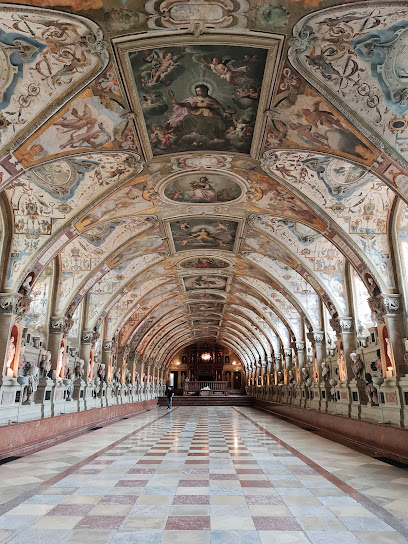
Frauenkirche
Explore the stunning Frauenkirche, Munich's iconic Catholic cathedral, known for its striking twin towers and rich cultural history.
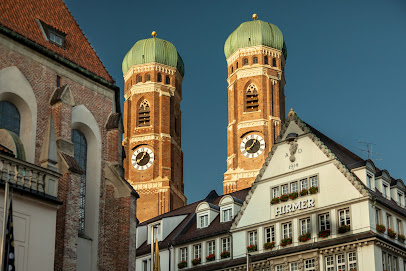
Isar Gate
Explore Munich's Isar Gate, a stunning historical landmark offering a glimpse into the city's rich past and vibrant culture.
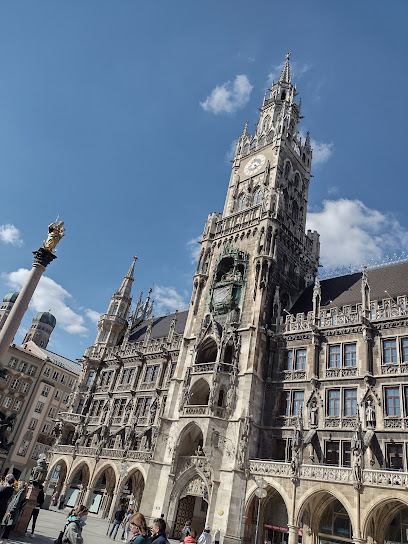
Hofgarten
Discover the tranquility of Hofgarten, Munich's historic park, where nature meets culture in a serene urban oasis.
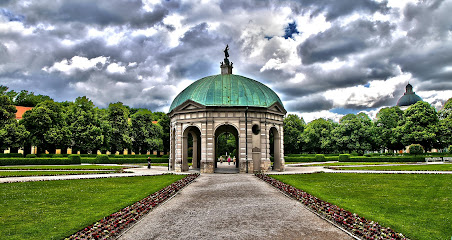
Rathaus-Glockenspiel
Discover the enchanting Rathaus-Glockenspiel, a historical landmark in Munich showcasing Bavarian culture through captivating clock tower performances.
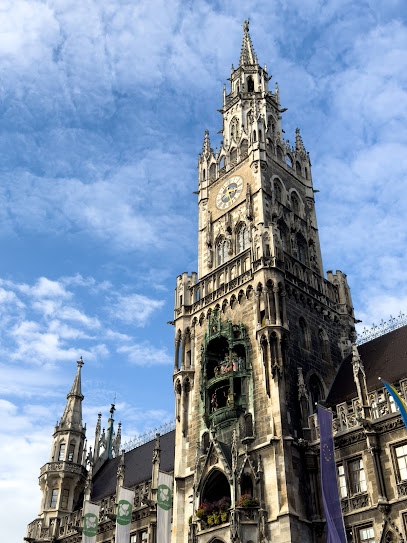
Toy Museum Munich
Explore the Toy Museum in Munich, a whimsical journey through the history of childhood play with fascinating exhibits and engaging activities.
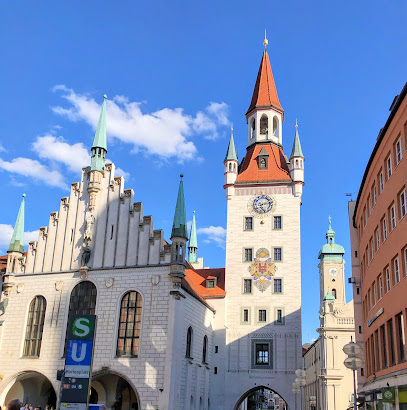
Feldherrnhalle
Explore Feldherrnhalle in Munich, a stunning neoclassical monument dedicated to Bavarian military heroes, rich in history and architectural beauty.
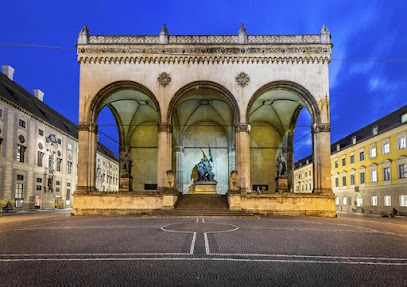
Alter Hof
Explore the historical allure of Alter Hof in Munich, a former royal residence showcasing the city's rich cultural heritage and stunning architecture.
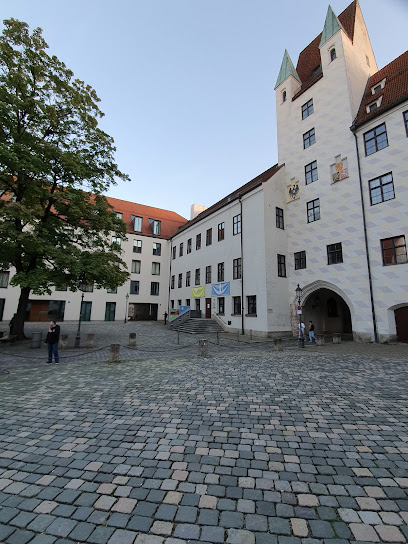
Lion's Tower
Discover the historical charm of Lion's Tower, a must-visit landmark in Munich's Altstadt-Lehel district, where history and modernity intertwine beautifully.
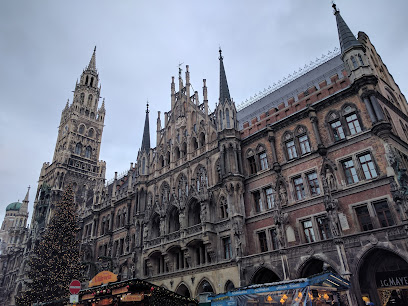
Mariensäule
Discover Mariensäule, the iconic monument of Munich, symbolizing resilience and beauty in the heart of the city, surrounded by vibrant culture.
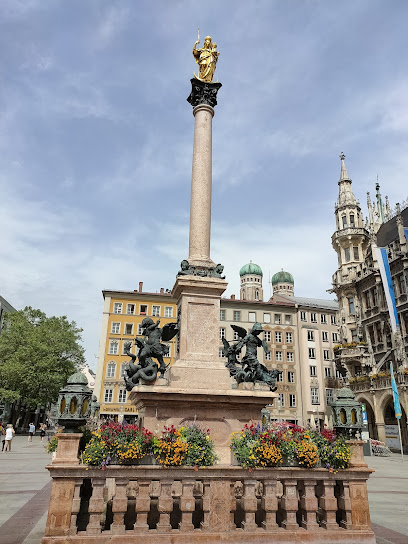
War memorial in the courtyard
Explore the War Memorial in Munich, a historical tribute in the heart of the city, blending remembrance with the vibrant culture of Altstadt-Lehel.
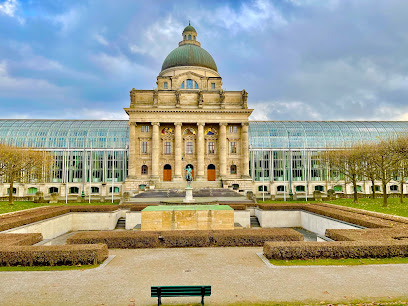
Burgfriedensäule
Discover the historical essence of Munich at Burgfriedensäule, a triumphal column celebrating the city's enduring spirit and captivating beauty.
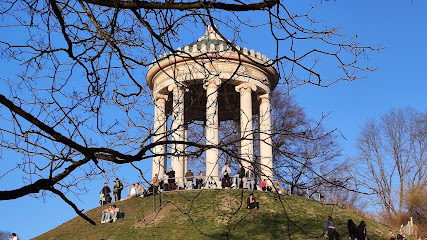
Monument to King Ludwig I
Discover the Monument to King Ludwig I in Munich, a stunning historical landmark that embodies the city's artistic heritage and royal legacy.
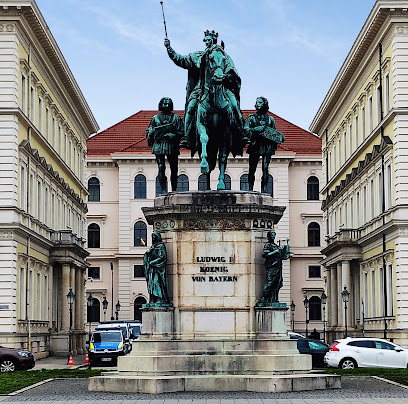
Bazargebäude
Explore the architectural beauty and rich history of Bazargebäude, a must-see historical landmark in the heart of Munich's vibrant Altstadt-Lehel.

Unmissable attractions to see
Lueg ins Land
Explore Lueg ins Land, a historical treasure in Munich that captures the essence of the city's rich culture and architectural beauty.

BLUE LION OF MUNICH
Explore the Blue Lion of Munich, a unique tourist attraction that embodies the city's rich history and artistic spirit in a charming setting.
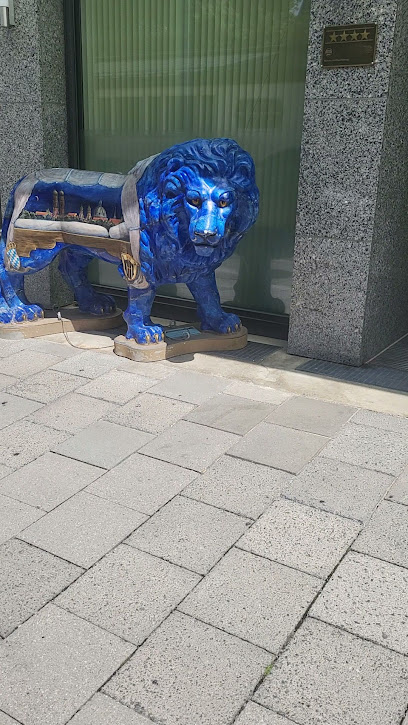
Hofbrunnen
Experience the tranquil beauty of Hofbrunnen, a serene fountain in the heart of Munich's historic district, perfect for relaxation and reflection.
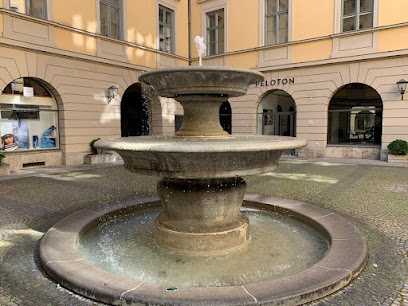
Essential places to dine
Augustiner Klosterwirt
Experience authentic Bavarian flavors at Augustiner Klosterwirt - where tradition meets warm hospitality in the heart of Munich.
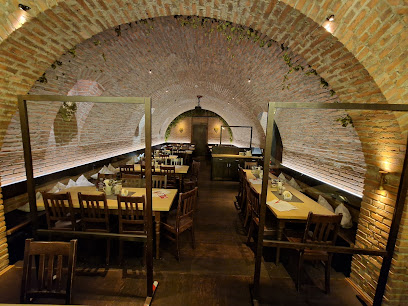
Ratskeller München
Discover authentic Bavarian cuisine at Ratskeller München—an iconic restaurant steeped in history beneath Munich's Town Hall.
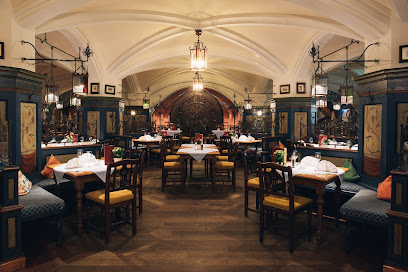
Augustiner am Platzl
Experience authentic Bavarian cuisine and traditional Augustiner beer at Munich's iconic Augustiner am Platzl restaurant and beer garden.
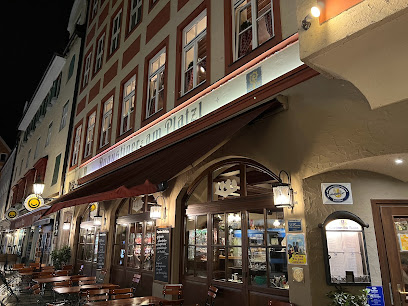
Andechser am Dom
Experience authentic Bavarian cuisine at Andechser am Dom, where tradition meets flavor in the heart of Munich.
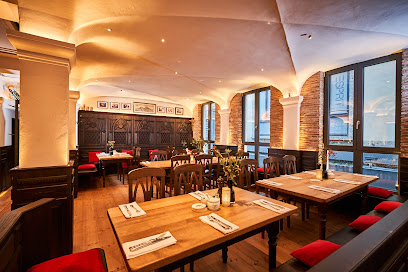
Gasthaus Isarthor
Discover the flavors of Bavaria at Gasthaus Isarthor - an authentic Munich restaurant offering traditional dishes and local brews.

Tattenbach Wirtshaus & Stüberl
Discover the heart of Bavaria at Tattenbach Wirtshaus & Stüberl - where tradition meets taste in Munich's Altstadt-Lehel.
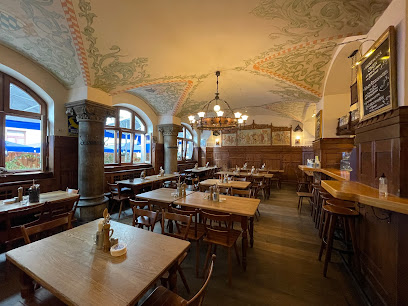
Liebighof
Experience authentic Bavarian cuisine at Liebighof, where tradition meets flavor in the heart of Munich.
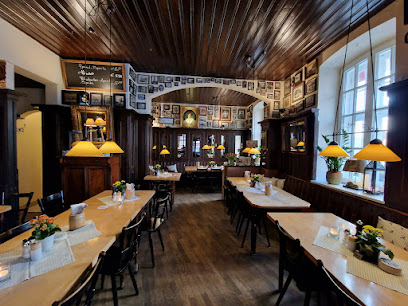
Zum Alten Markt
Experience authentic Bavarian cuisine at Zum Alten Markt in Munich - where tradition meets modern culinary excellence.
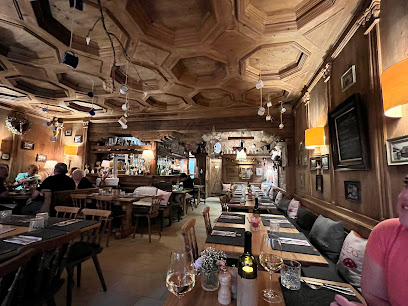
Schwarzreiter Tagesbar & Restaurant
Experience exquisite Bavarian cuisine at Schwarzreiter Tagesbar & Restaurant in Munich, where tradition meets modern elegance for an unforgettable dining adventure.
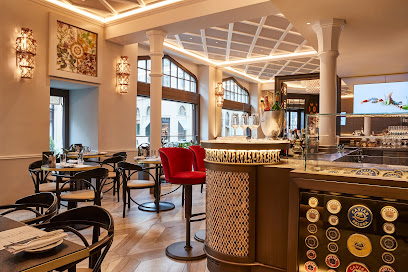
Tavernetta
Experience authentic Italian cuisine at Tavernetta in Munich—where every dish tells a story of tradition and flavor.
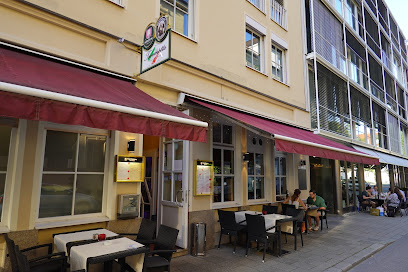
Markets, malls and hidden boutiques
GALERIA München Marienplatz
Experience the ultimate shopping paradise in Munich's historic Marienplatz at GALERIA München, where local charm meets international flair.
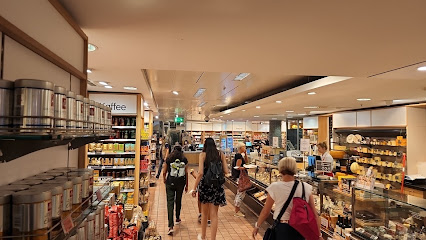
Hofstatt
Experience the best of shopping and local culture at Hofstatt, Munich's vibrant shopping mall and market destination.
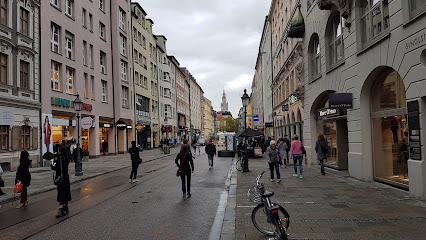
Manufactum Warenhaus
Explore Manufactum Warenhaus in Munich: A unique gift shop and department store offering high-quality German craftsmanship and distinctive souvenirs.
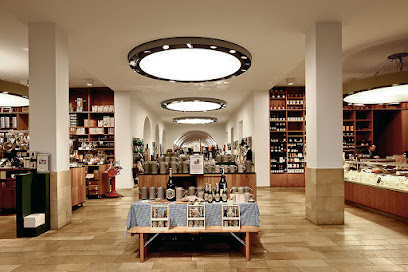
Kaufingertor Passage
Explore Kaufingertor Passage: A vibrant shopping destination in Munich, offering unique gifts, fashion, and delightful dining experiences.
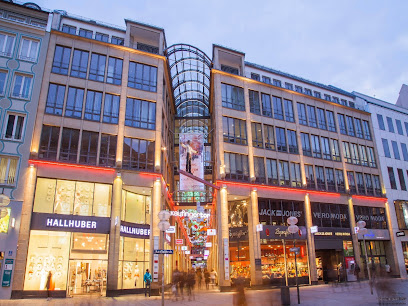
Urban Outfitters
Discover unique clothing, gifts, and home goods at Urban Outfitters in Munich's vibrant shopping scene.
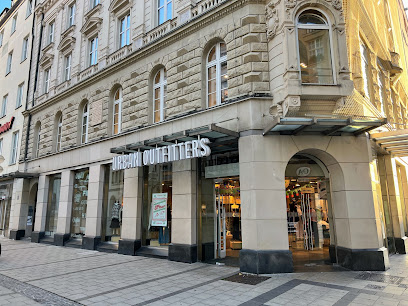
Chanel
Discover the luxurious world of Chanel in Munich, where timeless elegance and modern fashion meet in a stunning boutique experience.
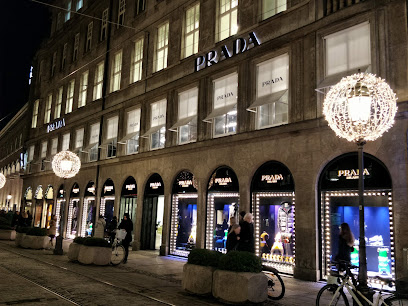
APROPOS - The Concept Store
Explore APROPOS, Munich's chic concept store for fashion, cosmetics, and fragrances, perfect for stylish shoppers seeking unique finds.
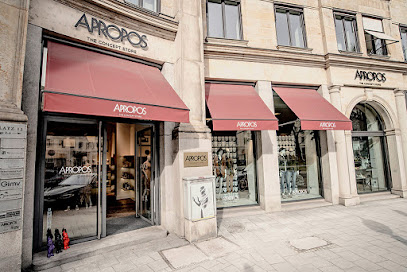
OBACHT' Der Laden für Heimatgefühl
Discover a unique selection of Bavarian souvenirs at OBACHT, a charming gift shop in the heart of Munich, perfect for tourists seeking authentic keepsakes.
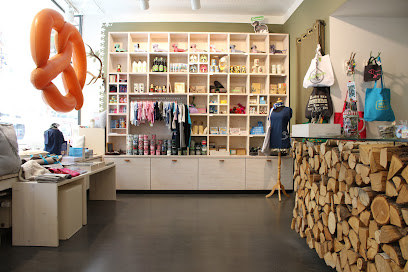
Maison Margiela München
Explore avant-garde fashion at Maison Margiela München, a stylish haven for trendy tourists seeking unique clothing and accessories in the heart of Bavaria.
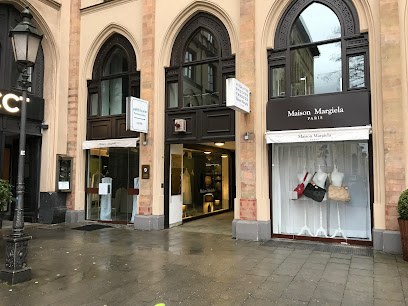
Vintage Love
Uncover unique vintage fashion treasures in Munich's charming Vintage Love, a must-visit women's clothing store for fashion enthusiasts.
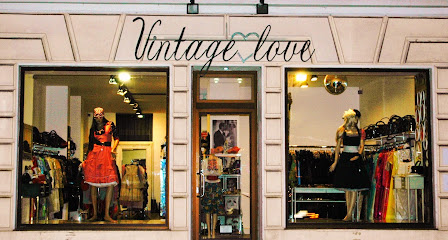
Essential bars & hidden hideouts
Die Goldene Bar
Discover the elegance of Die Goldene Bar in Munich - a luxurious destination for exquisite cocktails and vibrant nightlife in a stunning setting.
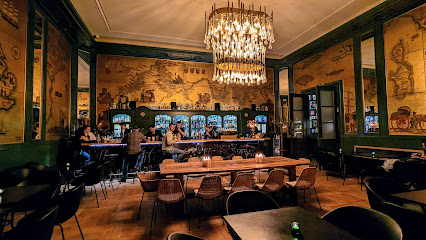
Havana Club
Discover the vibrant nightlife of Munich at Havana Club, a lively bar offering expertly crafted cocktails and an inviting atmosphere filled with American tunes.
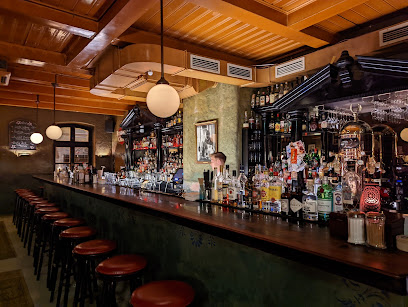
X-Bar
Discover the energetic nightlife at X-Bar in Munich, where chic design meets vibrant entertainment for an unforgettable experience.

Cole & Porter Bar
Explore the vibrant ambiance of Cole & Porter Bar in Munich, where creative cocktails and delicious cuisine meet for an unforgettable dining experience.
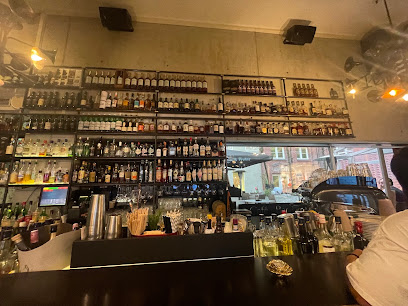
Ory Bar
Discover Ory Bar, where unique cocktails meet a vibrant atmosphere in the heart of Munich.

the High - München
Experience the vibrant cocktail scene at The High in Munich, where creativity meets flavor in an unforgettable atmosphere.
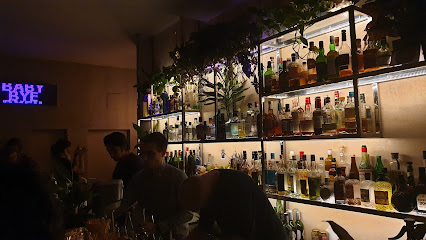
Bar Elf
Discover Bavarian hospitality and flavors at Bar Elf, a lively bar and bistro in Munich's historic Altstadt-Lehel district, perfect for tourists.
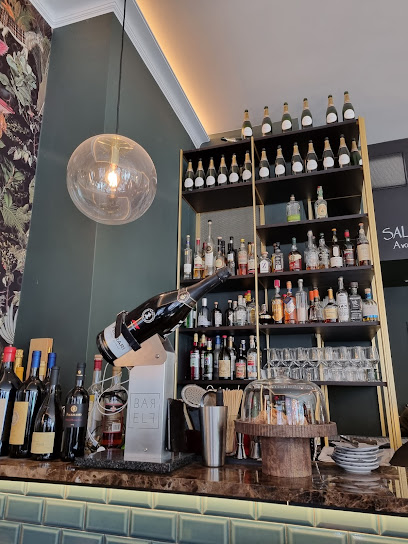
The Royal Dolores
Discover the heart of Munich's nightlife at The Royal Dolores—a delightful bar in Marienplatz perfect for locals and tourists alike.
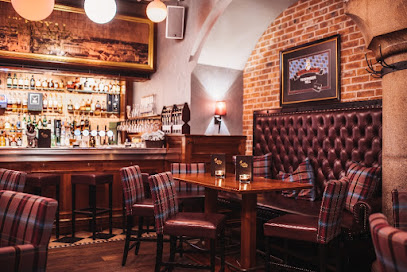
Les Fleurs du Mal
Discover Munich's nightlife at Les Fleurs du Mal, an exquisite bar where elegant cocktails and a chic atmosphere await every visitor.
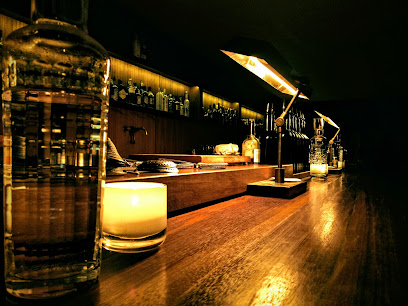
The Moon Bar
Discover the vibrant cocktail culture of Munich at The Moon Bar, where mixology meets elegance in a stylish atmosphere.
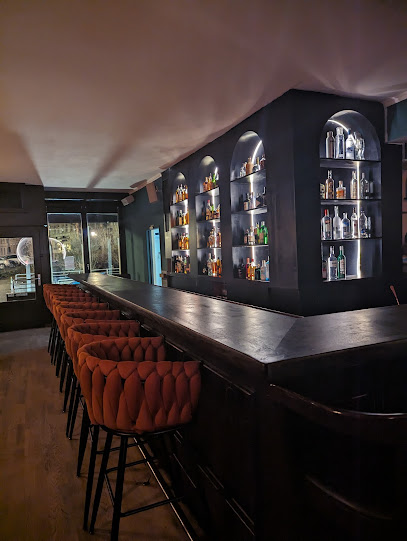
Local Phrases
-
- HelloHallo
[ha-lo] - GoodbyeAuf Wiedersehen
[owf vee-der-zay-en] - YesJa
[yah] - NoNein
[nine] - Please/You're welcomeBitte
[bit-teh] - Thank youDanke
[dahn-keh] - Excuse me/SorryEntschuldigung
[ent-shool-di-gung] - How are you?Wie geht es Ihnen?
[vee gayt es ee-nen] - Fine. And you?Gut. Und Ihnen?
[goot oont ee-nen] - Do you speak English?Sprechen Sie Englisch?
[shpre-khen zee eng-lish] - I don't understandIch verstehe nicht
[ikh fer-shtay-eh nikht]
- HelloHallo
-
- I'd like to see the menu, pleaseIch möchte bitte die Speisekarte sehen
[ikh merkh-teh bit-teh dee shpy-ze-kar-teh zay-en] - I don't eat meatIch esse kein Fleisch
[ikh es-se kine flysh] - Cheers!Prost!
[prohst] - I would like to pay, pleaseIch möchte bitte bezahlen
[ikh merkh-teh bit-teh bezal-en]
- I'd like to see the menu, pleaseIch möchte bitte die Speisekarte sehen
-
- Help!Hilfe!
[hill-feh] - Go away!Geh weg!
[geh vehg] - Call the Police!Rufen Sie die Polizei!
[roo-fen zee dee po-lee-tsai] - Call a doctor!Rufen Sie einen Arzt!
[roo-fen zee i-nen artsht] - I'm lostIch habe mich verirrt
[ikh hah-beh mikh feh-rirt] - I'm illIch bin krank
[ikh been krank]
- Help!Hilfe!
-
- I'd like to buy...Ich möchte ... kaufen
[ikh merkh-teh ... kow-fen] - I'm just lookingIch schaue nur
[ikh shou-eh noor] - How much is it?Wie viel kostet es?
[vee feel koh-stet es] - That's too expensiveDas ist zu teuer
[dahs ist tso toy-er] - Can you lower the price?Können Sie den Preis senken?
[ker-nen zee den prise zeng-ken]
- I'd like to buy...Ich möchte ... kaufen
-
- What time is it?Wie spät ist es?
[vee shpet ist es] - It's one o'clockEs ist ein Uhr
[es ist iyn oor] - Half past (10)Halb zehn
[halb tsayn] - MorningMorgen
[mor-gen] - AfternoonNachmittag
[nahk-mit-tahk] - EveningAbend
[ah-bent] - YesterdayGestern
[gehs-tern] - TodayHeute
[hoi-teh] - TomorrowMorgen
[mor-gen] - 1Eins
[ynes] - 2Zwei
[tzy] - 3Drei
[dry] - 4Vier
[feer] - 5Fünf
[fuhnf] - 6Sechs
[zeks] - 7Sieben
[zee-ben] - 8Acht
[ahkt] - 9Neun
[noyn] - 10Zehn
[tsayn]
- What time is it?Wie spät ist es?
-
- Where's a/the...?Wo ist ein/der...?
[vo ist iyn/dehr] - What's the address?Was ist die Adresse?
[vas ist dee ah-dreh-suh] - Can you show me (on the map)?Können Sie mir zeigen (auf der Karte)?
[ker-nen zee meer tsy-gen (owf dehr kar-teh)] - When's the next (bus)?Wann kommt der nächste (Bus)?
[van komt dehr nekh-ste (boos)] - A ticket (to ....)Eine Fahrkarte (nach ....)
[i-ne fahr-kar-teh (nakh)]
- Where's a/the...?Wo ist ein/der...?
History of Altstadt-Lehel
-
The Altstadt-Lehel area is at the heart of Munich's origins, founded in 1158 by Duke Henry the Lion. The settlement developed around the area now known as the Altstadt, where the famous Frauenkirche (Cathedral of Our Dear Lady) stands as a symbol of the city. The strategic location along the Isar River facilitated trade and attracted settlers, laying the groundwork for what would become a major European cultural center.
-
By the late Middle Ages, Altstadt-Lehel emerged as a bustling commercial hub. The construction of the city's first city walls in the 13th century helped to protect and promote trade, leading to the establishment of the Viktualienmarkt, a market that continues to thrive today. This period marked the economic ascendance of Munich and the integration of Altstadt-Lehel into the Hanseatic League's trade networks.
-
During the 16th and 17th centuries, Altstadt-Lehel became a focal point of Bavarian political power. The area saw the construction of influential buildings, including the Residenz, the former royal palace of the Bavarian monarchs. This transformation solidified Munich's status as the capital of Bavaria and a center of art, culture, and governance.
-
The 19th century was a period of significant cultural development for Altstadt-Lehel. The area witnessed the construction of important cultural institutions, including the National Theatre and the Glyptothek, a museum housing classical sculptures. Munich became a magnet for artists, writers, and intellectuals, and Altstadt-Lehel played a central role in this cultural renaissance.
-
World War II had a devastating impact on Munich, including Altstadt-Lehel, with significant destruction to historical buildings. However, the post-war period saw extensive reconstruction efforts aimed at restoring the historical integrity of the area. Landmark buildings such as the St. Peter's Church and parts of the old town were carefully rebuilt, reflecting a commitment to preserving Munich's rich architectural heritage.
Altstadt-Lehel Essentials
-
Altstadt-Lehel is centrally located in Munich, making it easily accessible from various neighborhoods. You can take the U-Bahn (subway) lines U4 and U5 to the Lehel station, which is right in the neighborhood. Alternatively, trams 16 and 18 also serve the area, with stops at several key points. If you're coming from Munich Hauptbahnhof (main train station), it’s a quick 10-minute ride on the U-Bahn. Buses are another option, with several lines connecting Altstadt-Lehel to other parts of the city.
-
Altstadt-Lehel is compact and pedestrian-friendly, making it ideal for walking. Public transport is efficient, with the U-Bahn and trams providing convenient access to attractions. Consider renting a bicycle to explore the area more leisurely; many bike-sharing options are available. Taxis and ride-sharing services are also prevalent, especially during late hours when public transport may be less frequent.
-
Altstadt-Lehel is considered one of the safer neighborhoods in Munich, with low crime rates. However, as in any city, it’s wise to stay vigilant. Pickpocketing can occur in crowded tourist areas, especially near Marienplatz and other popular sites. Avoid poorly lit areas at night, and keep your belongings secure while enjoying local attractions.
-
In case of an emergency, dial 112 for medical assistance or fire services. For police matters, dial 110. Local hospitals and clinics are available in the area. Ensure you have travel insurance that includes coverage for medical emergencies. Pharmacies are also easily accessible for minor health issues, and many staff members speak English.
-
Fashion: Do dress comfortably but modestly, particularly when visiting religious sites. Avoid overly casual or revealing clothing. Religion: Do respect the local customs; if visiting churches, cover your shoulders and knees. Public Transport: Do be courteous; offer your seat to the elderly or disabled. Don’t consume food or drink on public transport. Greetings: Do greet locals with a friendly 'Grüß Gott' or a simple smile. Eating & Drinking: Do try local Bavarian dishes and drinks. Don’t be loud or disruptive in restaurants, as it’s considered impolite.
-
To experience Altstadt-Lehel like a local, explore the Viktualienmarkt, a daily food market where you can taste local delicacies. Engage in conversations with vendors for a glimpse into Munich's culinary culture. If you're a fan of art, visit the nearby Bayerisches Nationalmuseum for a taste of Bavarian history and culture. For a charming evening, stroll along the Isar River, where locals gather for picnics and leisure activities.
Nearby Cities to Altstadt-Lehel
-
Things To Do in Kitzbühel
-
Things To Do in Innsbruck
-
Things To Do in Salzburg
-
Things To Do in Zell am See
-
Things To Do in St. Anton am Arlberg
-
Things To Do in Nuremberg
-
Things To Do in Bregenz
-
Things To Do in Dornbirn
-
Things To Do in Bad Gastein
-
Things To Do in Hallstatt
-
Things To Do in Rothenburg ob der Tauber
-
Things To Do in Schellenberg
-
Things To Do in Ruggell
-
Things To Do in Mauren
-
Things To Do in Eschen













